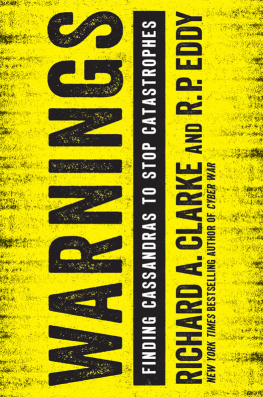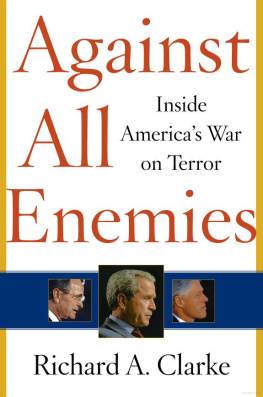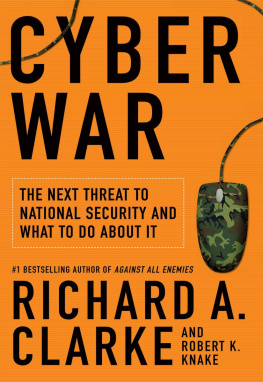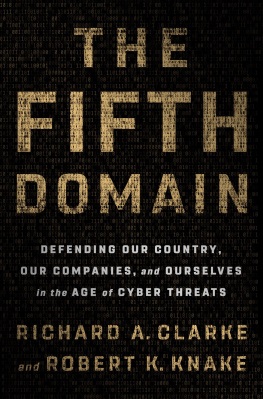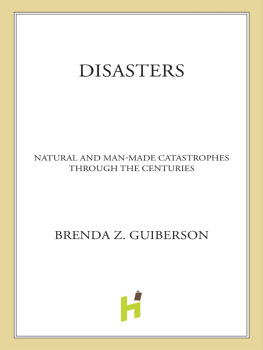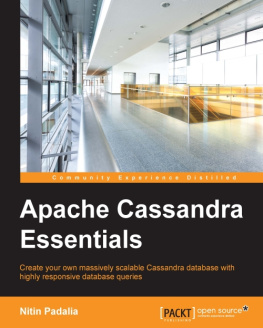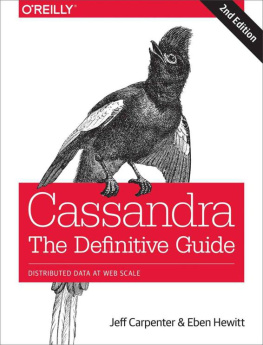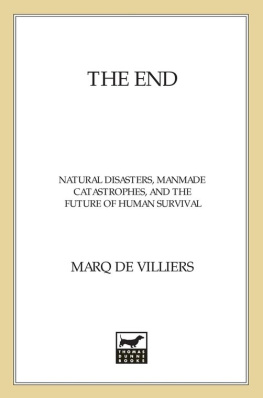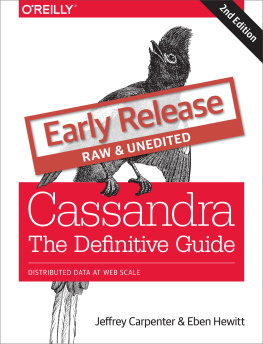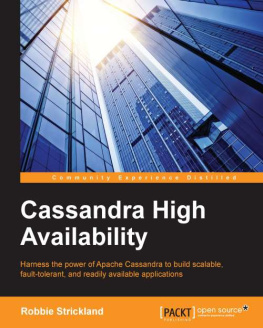R.P. Eddy
T here are people among us who can see the future.
Often they clamor for our attention, and just as often they are ignored. We are right to discount most soothsayers, but horrible things happen when accurate warnings of specific disasters go unheeded. People die because we fail to distinguish the prophet from the charlatan.
This book tries to find those rare people who see the future, who have accurate visions of looming disasters.
Cassandra was a beautiful princess of Troy, cursed by the god Apollo. He gave her the ability to see impending doom, but the inability to persuade anyone to believe her. Her ability to pierce the barriers of space and time to see the future showed her the fiery fall of her beloved city, but the people of Troy ridiculed and disregarded her. She descended into madness and ultimately became one of the victims of the tragedy she foretold.
Are there Cassandras among us today, warning of ticking disasters, whose predictions fall on deaf ears? Is it possible to figure out who these seers are? Can we cut through the false warnings to tune in to the correct visions, saving millions of lives and billions of dollars? That question is not about Greek mythology. It is about our ability today, as a nation, as an international community, to detect impending disaster and act in time to avoid it, or at least to mitigate the damage.
Buried in billions of pages of blog posts and tweets, academic research, and government reports, Cassandra figuratively calls to us, warning of calamity. Often she is unheeded, sometimes unheard. Frequently she is given only a token response or dismissed as a fool or a fraud. Her stories are so improbable, so unprecedented, that we cannot process them or believe them, much less act upon them.
The problem is, of course, that Cassandra was right, and those who ignored her may have done so at the cost of their own lives and that of their state.
Not just the ancient Greeks had a tale of a seer tragically ignored. The Bible tells the story of the Hebrew prophet Daniel, who was able to read mysterious words that appeared on the wall of the Babylonian king Belshazzars banquet hall during a rowdy feast. The words mene, mene, tekel, upharsin (numbered, numbered, weighed, divided in Aramaic) were unintelligible to all but Daniel, who warned the king that they foretold the fall of his kingdom. According to the story, Belshazzar was killed in a coup only hours later. Daniel had seen the writing on the wall.
Today when someone is labeled a Cassandra, its commonly understood that they simply worry too much and are fatalistic, overly pessimistic, or focus too much on the improbable downside, a Chicken Little rather than a prophet. If we refer to the original Greek myth, a Cassandra should be someone whom we value, whose warnings we accept and act upon. We seldom do, however. We rarely believe those whose predictions differ from the usual, who see things that have never been, whose vision of the future differs from our own, whose prescription would force us to act now, perhaps changing the things we do in drastic and costly ways.
What the ancient Greeks called Cassandra behavior todays social scientists sometimes refer to as sentinel intelligence or sentinel behavior, the ability to detect danger from warning signs before others see it. The behavior is observed in a variety of animals, including, we believe, in humans. Those with sentinel intelligence see with great clarity through the fog of indicators, and they warn the pack. In other animals, the pack seems genetically disposed to respond quickly to the warnings of their sentinels. In humans, that ability is less well developed.
We, the authors, are Dick Clarke and R.P. Eddy. We have known and worked with each other for over twenty years, in and out of government, on topics including the rise of al Qaeda and then ISIS, nuclear and biological weapons proliferation and the emergence of deadly viruses like Ebola and HIV, the introduction of the cyber threat, and wars from Iraq to Bosnia to Afghanistan. We are neither pessimists nor obsessed with doom. Indeed, we are optimists who believe we are on the cusp of great technological advances that should make human life vastly better. For much of the time we have known each other, however, the news has been dominated by a series of disasters that could have been avoided or mitigated. Among them are 9/11, the Great Recession, Katrina, the Second Iraq War, and the rise of ISIS. We worked directly on many of these topics, and were personally affected by some. They have loomed large in our conversations with each other, often over a good single malt, with one question regularly recurring: how could we have avoided or better prepared for that?
What we noticed was that almost all of these events were followed by investigations and recriminations, seeking to lay blame for the catastrophe or responsibility for failures that made the situations worse. In many instances, however, it seemed that an expert or expert group, a Cassandra, had accurately predicted what would happen. They were often ignored, their warnings denigrated, disregarded, or given only inadequate, token responses.
We began to wonder whether there was some pattern of prescient but overlooked warnings. Could there possibly be a way to identify these accurate but unheeded warnings before disaster struck? If there really was a frequent phenomenon of unheeded alarms that later proved to be accurate, finding a way to detect and validate those warnings in advance could save lives, avoid suffering, and reduce financial losses.
We discovered that at any given time there is a plethora of predictions of doom. Most are ignored because they should be. They are created by cranks and have no empirical underpinnings or basis in reality. Some warnings are heeded, but then events prove the alarm to be false. Often, however, true experts in a field do their job and sound the warning in time, only to be ignored or given only an inadequate, token response. We began calling such episodes Cassandra Events. That led us to ask whether there was something about past Cassandra Events that can help us identify contemporary alarmists whose warnings will turn out to be right. We asked friends, colleagues, associates, and world-leading experts what they thought about this Cassandra phenomenon.
The Cassandra problem is not only one of hearing the likely accurate predictions through the noise, but of processing them properly once they are identified. We began to realize that to successfully navigate a Cassandra Event, an organization or society must move through several stages. First we must hear the forecast, then believe it, and finally act upon it. In practice, these steps are each individually challenging. Moreover, executing all three sequentially is often immensely difficult. In particular, the ability to get it right is exceedingly rare when the prediction varies substantially from the norm, from the past, from our experience, or from our deeply held beliefs about the way the future should unfold. Add a significant financial cost as a requirement of acting on such a warning, and the probability for action often approaches zero. If, however, we ignore a true Cassandra, the cost of not acting is usually far higher than the cost of dealing with the problem earlier.
Thus, this book will seek to answer these questions: How can we detect a real Cassandra among the myriad of pundits? What methods, if any, can be employed to better identify and listen to these prophetic warnings? Is there perhaps a way to distill the direst predictions from the surrounding noise and focus our attention on them? Or will Cassandra forever be condemned to weep as she watches her beloved city of Troy burn?

